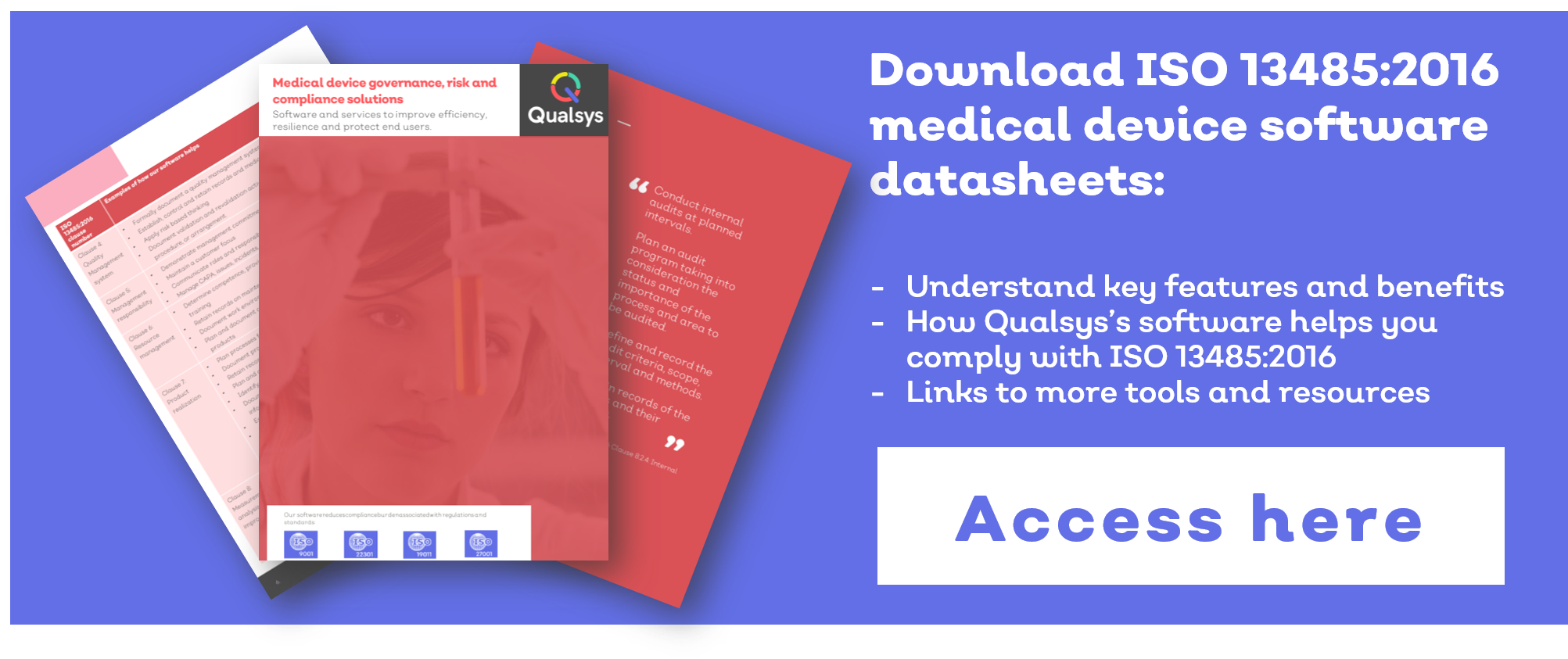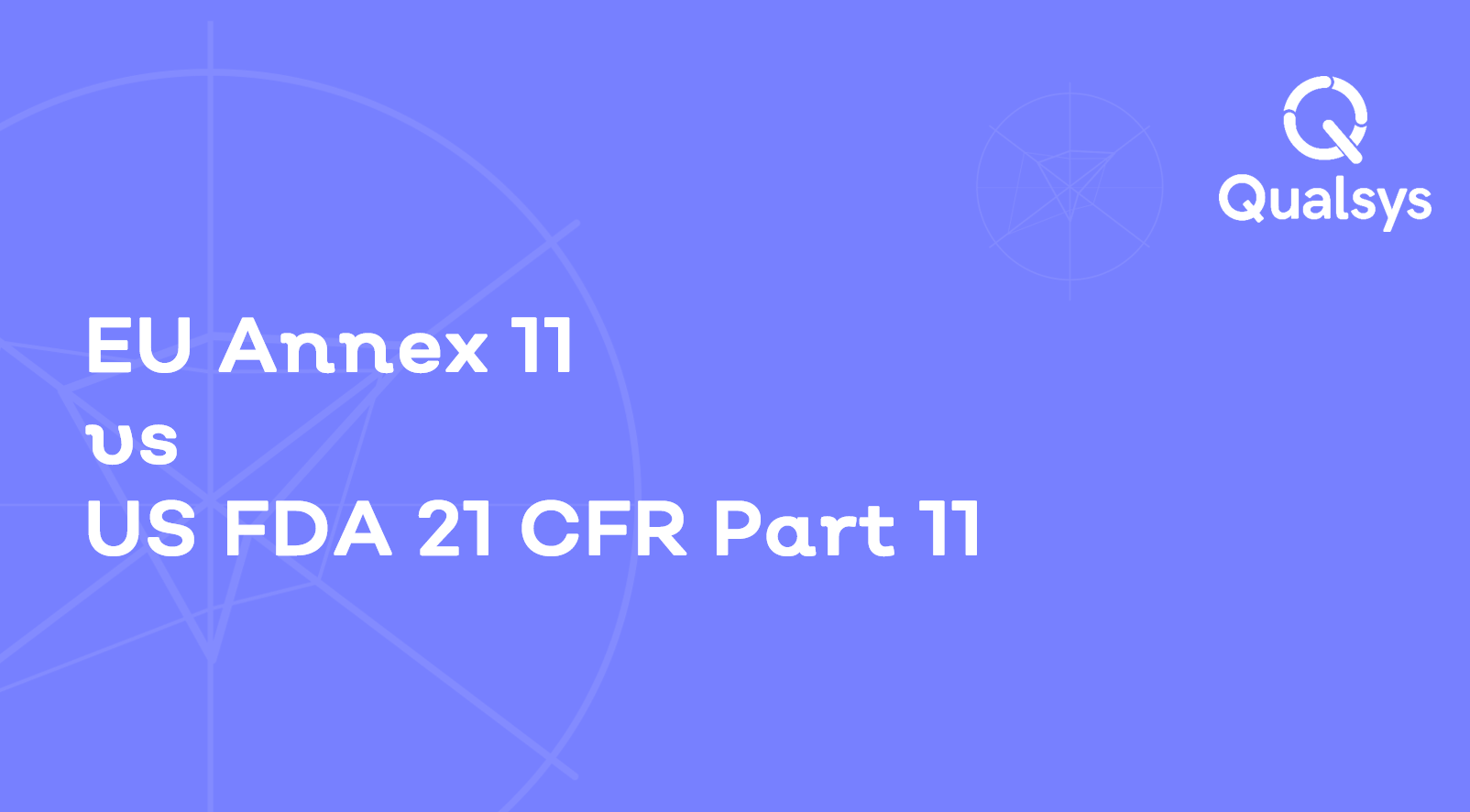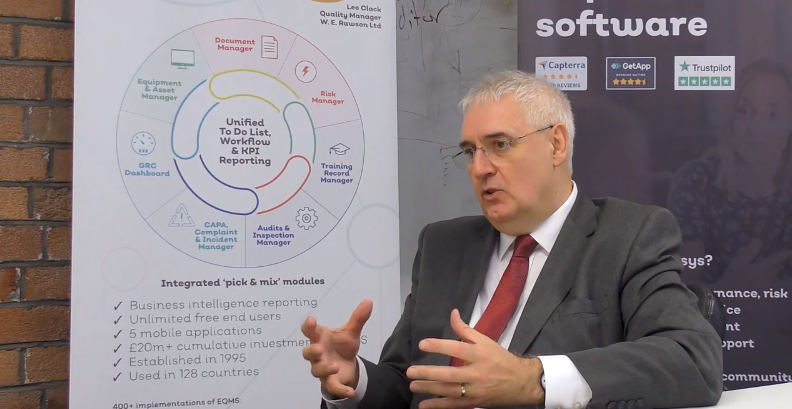Want to contribute to this article?
93% of medical devices hitting the U.S. market pass through the 510(k) process. The FDA requires submission of a 510(k) Premarket Notification for any medical device intended for sale in the United States, to demonstrate that the device is both safe and effective for its intended use.
The U.S. accounts for 45% (around $150 billion) of the global medical device market - so it's vital for your business to unlock it. But about 70% of first-time applications are returned or plainly rejected through the Refuse To Accept policy.
Alex Swan, Qualsys's Senior Business Development Manager, has shared some tips for building an effective 510(k) pack to get you through the door.

1. Plan plan plan
Unfortunately, the 510(k) compilation and submission will take time. And a lot of it.
Design controls and processes are crucial for the application - so it's a good idea to begin planning and compiling your pack as your device is still being designed and developed.
Rather than gathering evidence retrospectively - which wastes time - plan how to feed information into the 510(k) pack as you go. Create a timeline, schedule and process for gathering pertinent records and documentation, then dovetail the compilation process with the rest of the development pathway.
2. Find a similar device to work with
The 510(k) is built around comparison of potential new medical devices with already approved predicate devices. You'll need a good idea of other devices already on the market and how your product differs from, and is similar to, them.
Your first step is to find a predicate device with 'substantial equivalence' to your own. If you're intending to market a transcatheter valve, for instance, your first step is to find a device in this category which has already been approved.
Do this by examining the FDA's list of approved devices and drilling down by name, category or manufacturer. That's your starting point.
If there is no suitable predicate, you'll need to go through the Premarket Approval process instead. This is much more rigorous and expensive - but it also means you have a unique product.
3. Stick to the format - and control your documents
The FDA has a standard format it prefers to see for 510(k) submissions and good documentation practice will make the whole process simpler.
Typical ingredients of a 510(k) include:
- Table of contents
- Cover letter
- Statement of indication for use
- Summary and statement: the most important part! The summary contains the broad outline of your medical device's nature and properties, while the statement confirms your willingness to support your claims of 'substantial equivalence' within 30 days should the FDA request it
- Truthful and Accuracy Statement
- If you expect your medical device to be Class III-certified, a Class III certification and summary
You'll need to submit one electronic and one paper copy. Read the FDA website in detail and consider how you can provide everything they are asking for.
Applying evidence in the format the FDA expects to see it is key for a smooth 510(k) process. Detailed specs, designs and processes will all be needed, so make sure your documentation is properly and securely stored and managed from day one. If it isn't, get it in order now. The FDA will need plenty of evidence when they audit you anyway, so there's no way around proper GDocP.

4. Collaborate!
One Qualsys customer, York Instruments, opted for a collaborative 510(k) approach led by Quality Manager Stewart Wilson.
Weekly sit-down meetings, newsletters, info-sharing and suggestion requests ensured everyone in the business was aware of the 510(k) process and could contribute to it.
It's a safe bet that your medical device going to market has various teams working on it. Technical, design, manufacturing, electronics and software teams can all contribute to a medical device development. So get their advice too. Share the 510(k) with each team as it's being compiled and ask for their input separately. It isn't just the responsibility of the quality department, and collaboration will make your whole 510(k) pack stronger.
5. Know what to expect
The submission is just the start of the process - so what happens next?
The general 510(k) timeline looks like this:

Submissions can be met by Refusal To Accept, or by Substantive then Interactive Reviews, where further information may be required.
Understanding what may be required after submission will inform the whole process. Identify any weak spots which the FDA might wish to explore and plug them before you submit to make the process easier down the line. You should expect to hear back from the FDA within 2 weeks of receipt about the next steps - so start your reading on substantive and interactive reviews early and begin your preparations. And good luck!
Next steps
Did you know you can open five international markets, including the United States, for your medical device business with a single audit?
Read the details here.
Building an ISO 13485 quality management system? See how we can help with our free datasheets:









Share your thoughts on this article